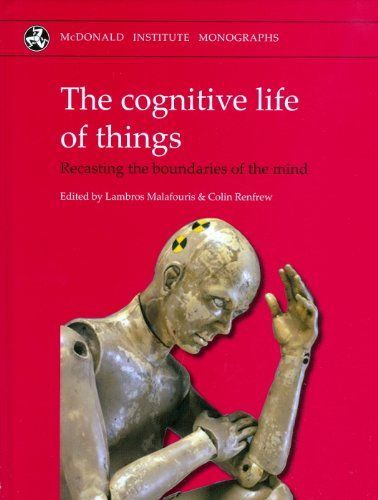
The Cognitive Life of Things Recasting the Boundaries of the Mind
"Things have a social life. They also lead cognitive lives, working subtly in our minds. But just how is it that human thought has become so deeply involved in and expressed through material things? There is today a wide recognition that material culture regulates and shapes the ways in which people perceive, think and act. But just how does that work? This is one of the most challenging research topics for the archaeology and anthropology of human cognition. The understanding of the working of past and present material culture - its cognitive efficacy - is becoming a key issue in the cognitive and social sciences more widely. This volume, with innovative case studies ranging from prehistory to the present, seeks to establish a cross-disciplinary framework and to set out future directions for research. Its aim is to redress the balance of the cognitive equation by at last bringing materiality firmly into the cognitive fold. But how can we integrate artefacts - material culture - into existing theories of human cognition? How do we understand the significant role of the human use of the things we have ourselves created in the development of human intelligence? The distinguished contributors here argue that the boundaries of the mind must now be understood as extending beyond the individual and to include the world of the artefact if we are fully to grasp how interactions among people, things, space and time have come, over thousands of years, to shape the transformations in human cognition that have made us what we are."--Publisher's description.